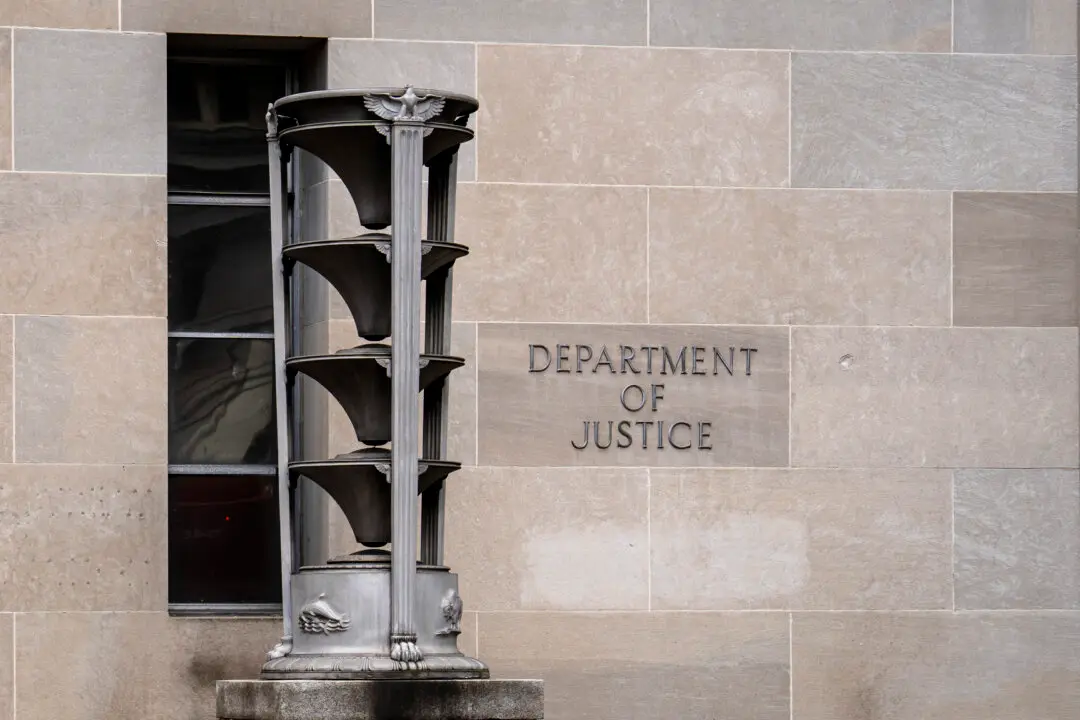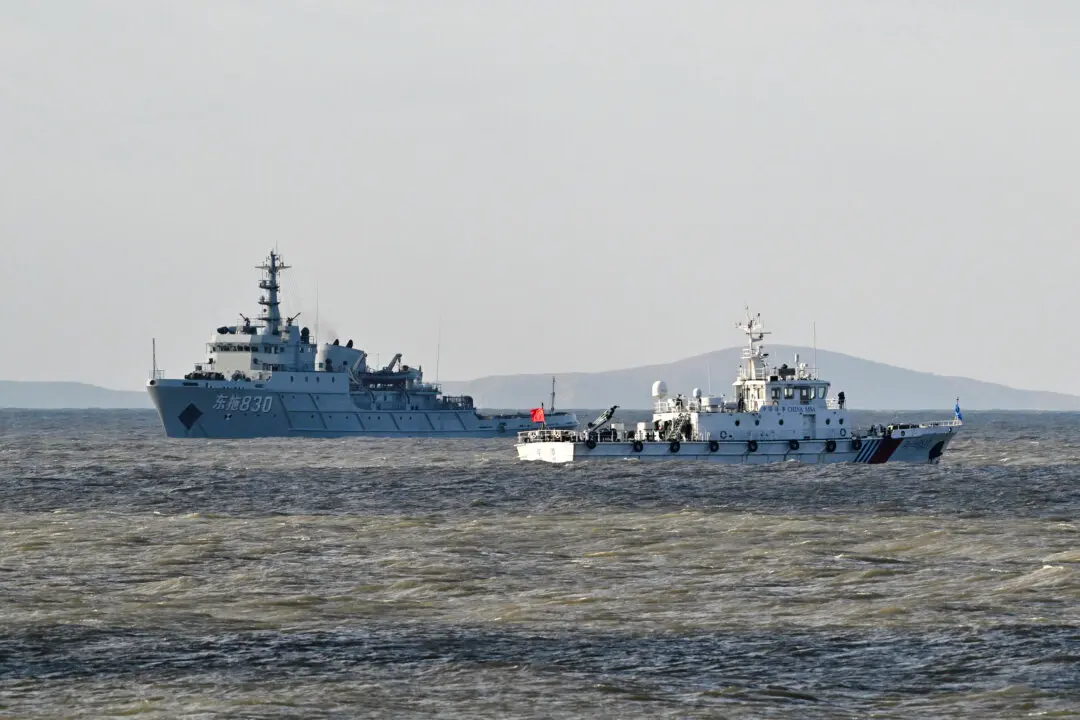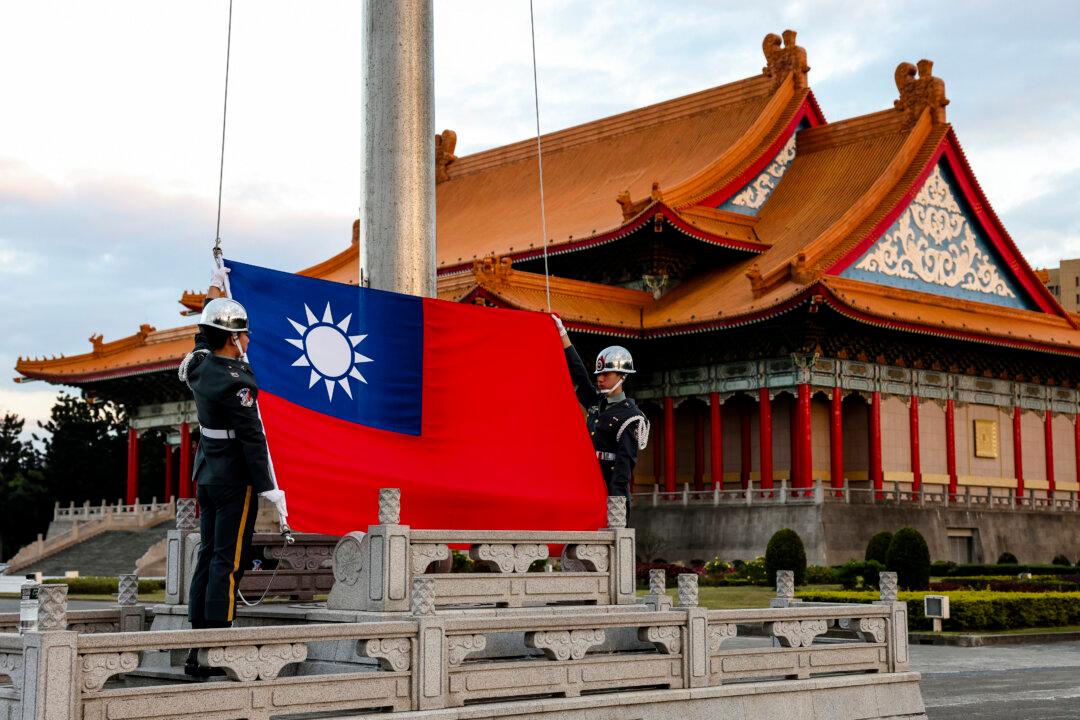The current peer-to-peer (P2P) lending crisis in China has caused many middle-class families to suffer huge financial losses.
A man who identified himself as Mr. Li said he lost his investments in Yindou, a P2P platform, after the company’s controller went missing and the platform shut down in July. He recounted, in an interview with the Chinese-language version of The Epoch Times, about when he and about 60 other victims, along with their lawyers, traveled to the Jiangxi Bank to protest.





